We had the great opportunity to watch some of our sheep being processed at the slaughterhouse recently.
This is the typical carcass of a US-line sheep.
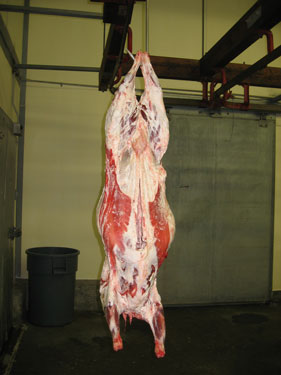
The first step is breaking the carcass in half.
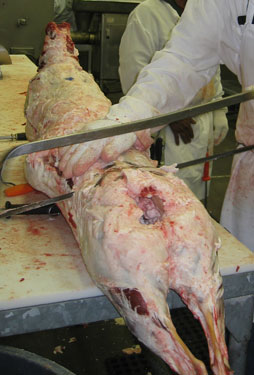
This is the cross-section. It’s not a very meaty loin compared to some of our sheep.
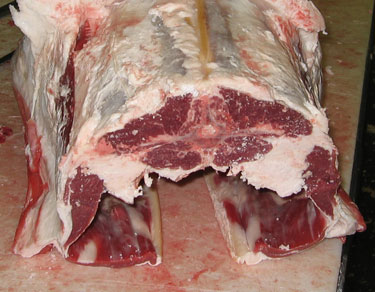
We had one lamb show up with a spool joint. This is usually the designation for a mutton. She was only six months old. The carcass on the left has a break joint and is a lamb. The carcass on the right has a spool joint, and thus, it is a mutton.
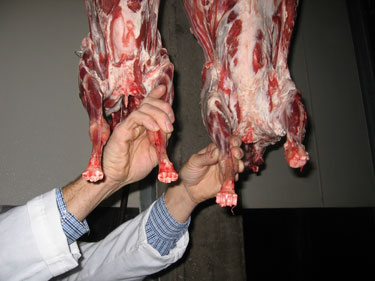
We learned a lot watching the crew work on our sheep. Our biggest impression is of how much fat our sheep have. These are entirely grass-fed and finished, yet they had more fat cover than I expected to see. I can only imagine how fatty they’d get if they were fed grains!
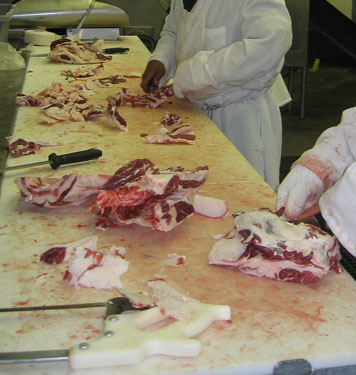

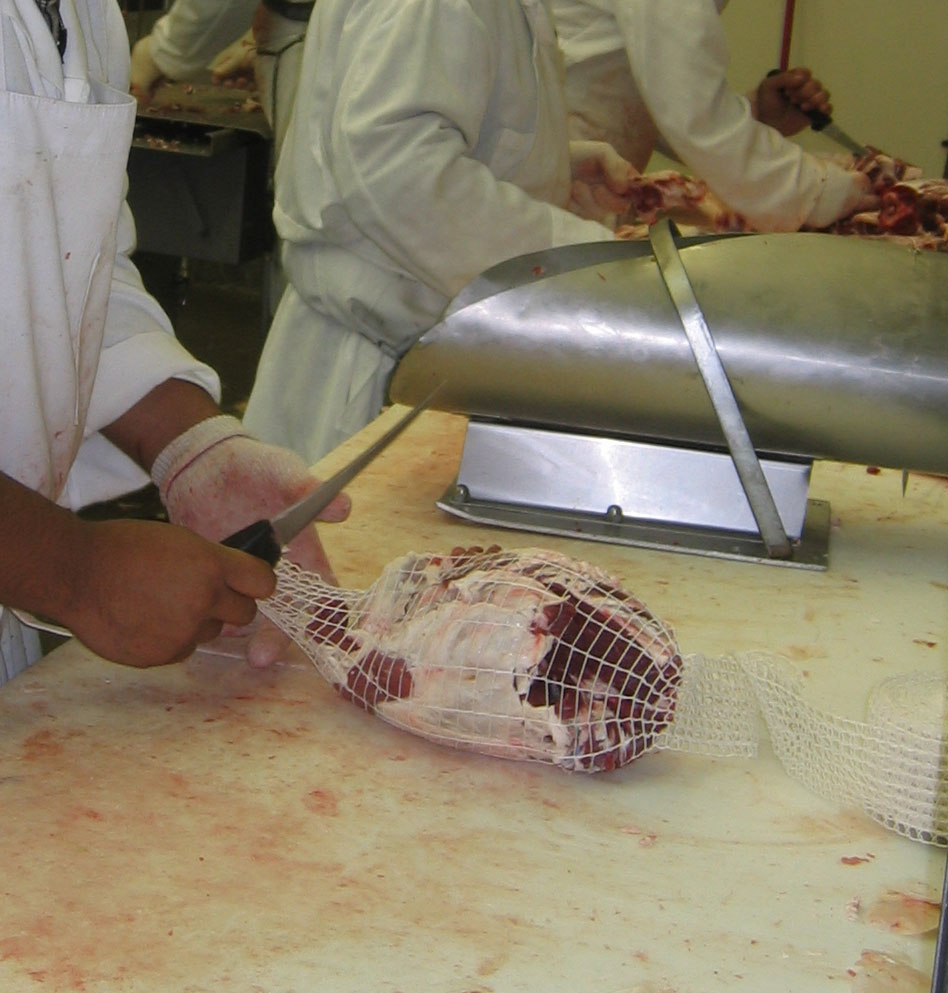
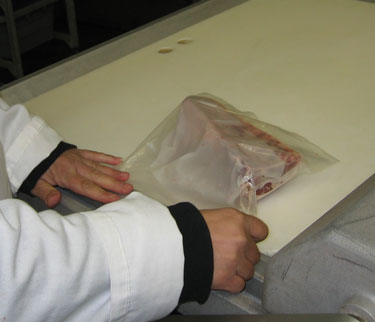
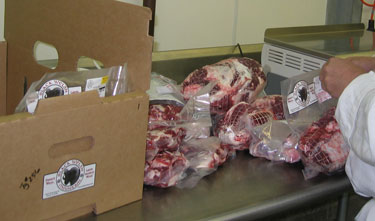
The lamb that was marked as a mutton was interesting. Most Black Welsh are slow-growing. It’s unusual to have one grade out as a mutton at less than one year of age.
The meat-cutting and packing crew was eight people, and it took about 20 minutes to fully process one sheep. That is one reason for the high cost of food. A good slaughterhouse has a very skilled set of workers, and they spend a lot of time making sure the meat is cut to order. The difference between a small place like this and a huge assembly line is obvious. The smaller plant cares, and each person is skilled enough to do most jobs. They know how to cut meat to individual orders, and they’re willing to keep carcasses separate and tracked for us. That’s a far cry from huge plants where each worker does just one cut all day long.
